Three case studies in which digitization helps us fight climate change
Written by Aída Palomo in collaboration with Revista Roast
Several digital tools have been developed to prepare against the effects of global warming, but not all have been adapted to the specific needs of coffee. Thanks to Vanessa Rojas from ICAFE, Patrick Lawrence from Sustainable Food Lab and Diego Pons from Colorado State University, we discovered 3 tools that, with investment, data and a lot of research, help coffee growers make better decisions amid the changes that are already happening on our planet. If you were wondering how we can really help origin to increase its resilience, here are some ideas shared during the second webinar of the series “The Intersection between Climate Change and coffee digitalization”:
Credits: Diego Pons
1. Measure greenhouse gases with the Cool Farm Tool
Patrick Lawrence | Sustainable Food Lab
"If you don't know yourself, how can you be aware of what you can achieve?" With this idea in mind, Cool Farm Alliance developed a methodology to measure greenhouse gas emissions from growing coffee. With the Perennial Crop Module of the Cool Farm Tool platform, of which coffee is a part, they quantify and measure emissions taking into account the long harvest periods, the biomass that is generated as waste and its effect on the cultivated land. During their investigation, they discovered that some coffee growers carried out practices that emitted very little or even sequestered carbon. Recognizing, rewarding and replicating these practices is part of the objectives of this tool. Thanks to it, producers gain visibility for their role in the fight against climate change and, in addition, can earn premiums for a low-carbon coffee.
2. Monitor diseases and calculate agrochemicals with CR-CAFE
Vanessa Rojas | ICAFE
"The efficient use of resources is important to achieve environmental change." The intention of CR-CAFE, a digital tool developed by ICAFE in Costa Rica, is that by increasing the productivity and profitability of coffee growers, they can have a lower impact on the environment - less CO2 emissions, for example - and offset the agricultural activity with other environmental benefits. How does it work? Producers download the application, even on low-cost cell phones, and share basic data. In return, they receive information that helps them monitor diseases, make harvest estimates and calculate fertilizer dosage. This application is only useful for Costa Rican producers, as its information and resources are based on the specific conditions of that country. This is a great lesson learned. The tool provides a unique, friendly and useful platform for free and its data is tailored to the producers, based on years of research about their needs and validated in the field. It is a tool that provides certainty and that guarantees benefits not only to coffee growers, but also to the environment.
3. Predict rainfall and temperatures at source, with a model developed at Columbia University
Diego Pons | Colorado State University
This model invites us to imagine everything we could do if today we had real and complete forecasts about rainfall and temperature happening in 3 or 4 months from now. What decisions could we make regarding fertilization, harvesting, or disease protection in coffee? Definitely, they would be more informed decisions, which would help reduce costs and better prepare for climatic phenomena. This model proposes to sophisticate climate predictions in such a way that “limits” can be established — let’s say, of desirable precipitation — specific for each region, zone or farm. We are talking about predictions made to measure up to 8 kilometers in extension. This model is already being put into practice in various origins, Guatemala being one of them. The challenge: keep feeding it with more sources - from NASA information to empirical feedback from producers - so that it is increasingly accurate, can scale back and allow more coffee growers to make better decisions and be better prepared for climate change. The biggest challenge: reaching all those who need it.
This and much more has been discussed during the second session of the event on April 8, 2021. Recordings of the webinar are available on our YouTube Channel.


